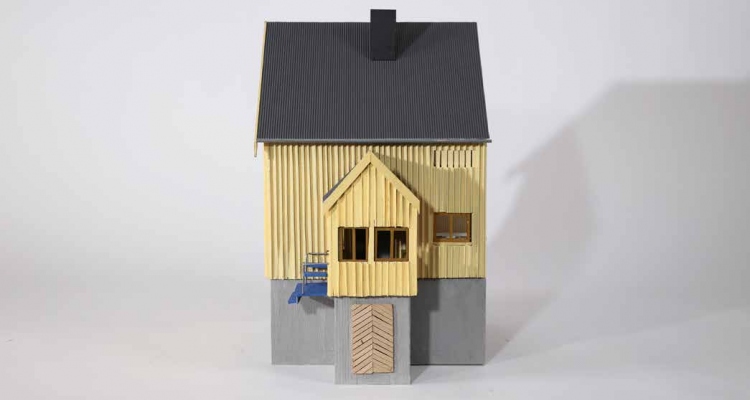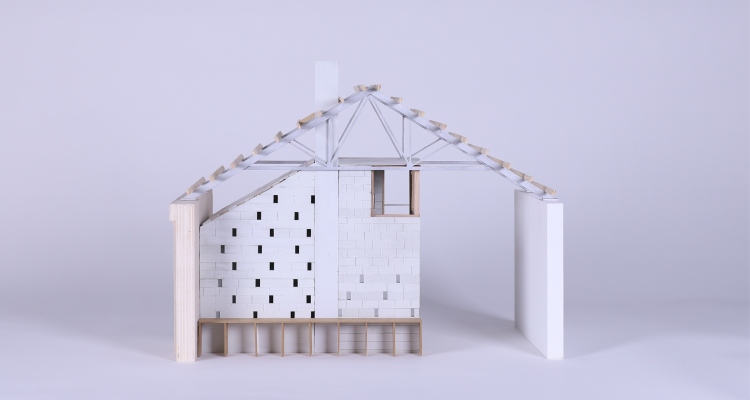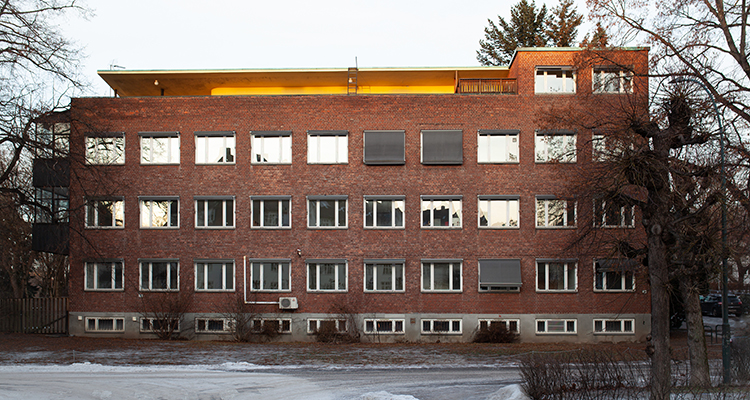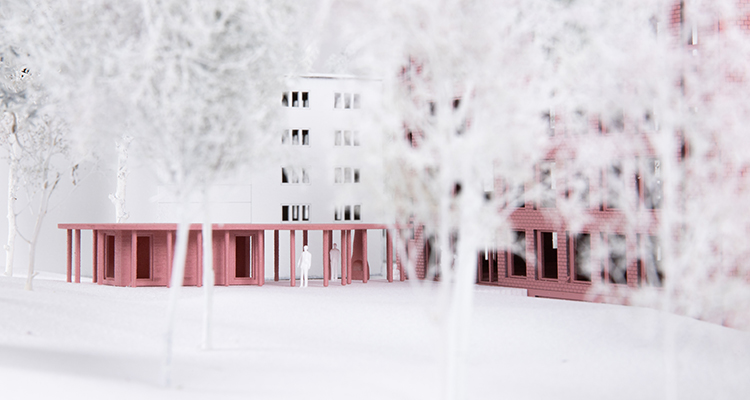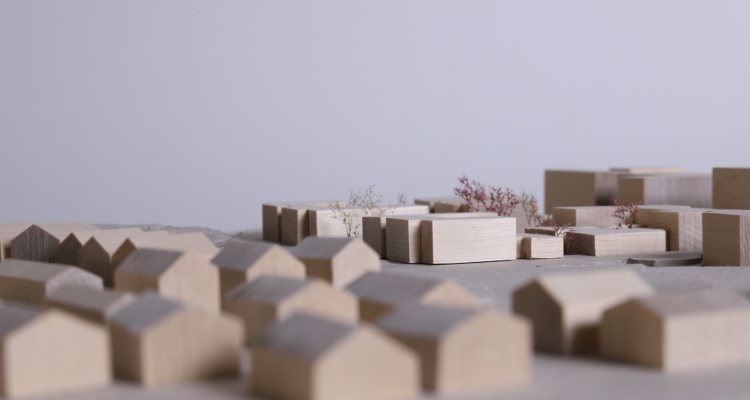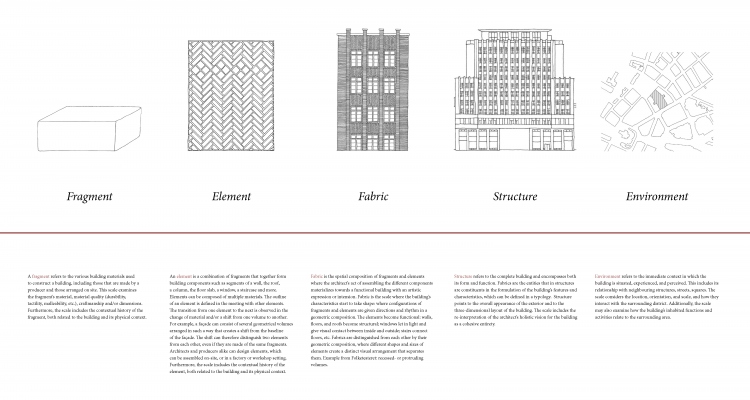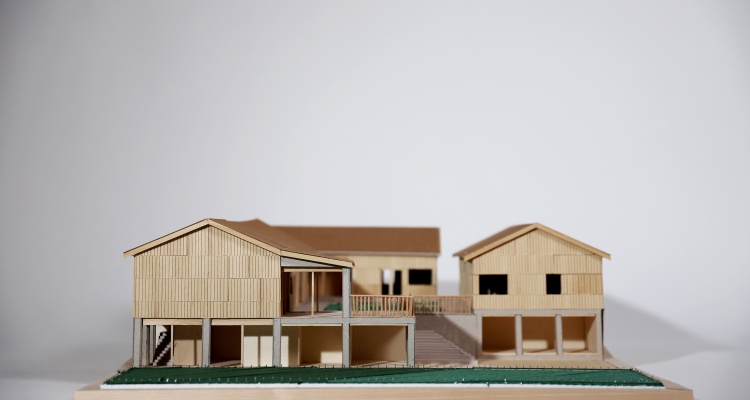This diploma project is about rehabilitation of the post war reconstruction architecture in Nord-Troms and Finnmark. How can the post war houses be rehabilitated with respect for cultural history while also meeting the criteria for a good home in our time?
Diploma project
Private bathrooms in new residential buildings in Oslo are predominantly designed for basic-only functionality - an enclosed windowless machine room with a sink, bathtub, shower, washing machine, toilet and dryer, undermining the potential for sociality and ritualistic.
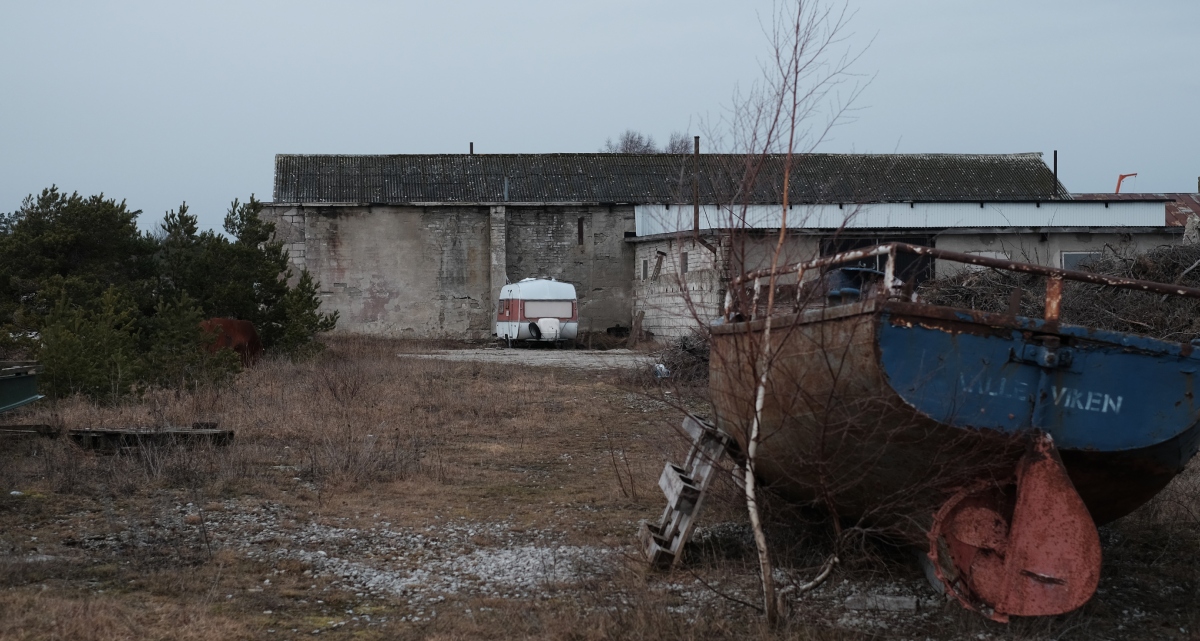
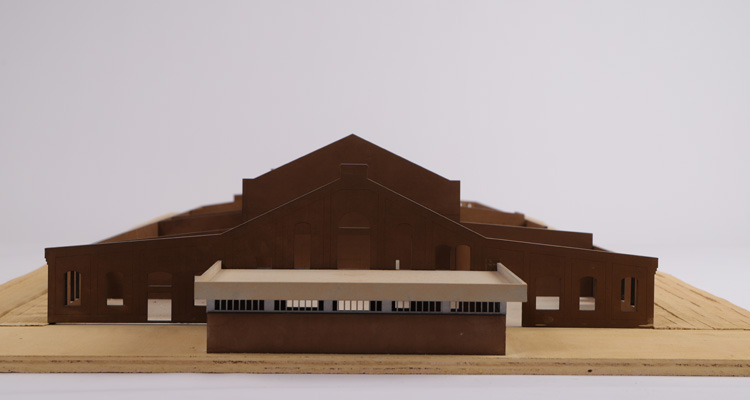
Industrial buildings are often given a new life through re–programming when the initial purpose of a building is defunct. Their facade often listed, but their interior reimagined with program as the spatial generator. When seeking to understand such buildings, we tend to focus on the representation of the facade, while the discussion of the interior spaces is often left untouched.
Forglemmegei (forgetmenot) is a nursing home for people with dementia located at Mortensrud in Oslo. To create an efficient work place, have for a long time been the top priority when designing nursing homes in Norway. This often at the expense of creating good homes.
With a person-oriented approach I have tried to understand how we can create good homes for people with dementia. My research has led to some architectural principles I have used while designing.
With a person-oriented approach I have tried to understand how we can create good homes for people with dementia. My research has led to some architectural principles I have used while designing.
Reinterpreting: Folketeateret explores how a comprehensive building analysis can expand stakeholders’ definition of a building’s significance. By highlighting different examination entries, the aim is to exemplify how alternative narratives can point to the complexity of a building’s history.
Introduction:
This diploma focuses on exploring the future development of Kvitsøy Municipality in light of a national infrastructural project that will establish a direct connection to the Stavanger metropolitan area. By documenting the growth of cities into peripheral areas and studying its impact on the landscape, the project aims to identify structures and thresholds within the cultural landscape to utilize. The objective is to examine how these structures and boundaries can coexist harmoniously with a future neighbourhood on the islands.
This diploma focuses on exploring the future development of Kvitsøy Municipality in light of a national infrastructural project that will establish a direct connection to the Stavanger metropolitan area. By documenting the growth of cities into peripheral areas and studying its impact on the landscape, the project aims to identify structures and thresholds within the cultural landscape to utilize. The objective is to examine how these structures and boundaries can coexist harmoniously with a future neighbourhood on the islands.
Loneliness is the feeling of being alone. Some people feel alone even though they are surrounded by others, but most people feel alone because they experience social isolation. Being social is a fundamental component for feeling happy. Studies have shown that mental health is greatly affected by social and spatial surroundings. Taking action to relieve loneliness, can better the quality of life, good mental health and can even prevent premature death.
The diploma WELCOME TO DRAMMEN! works with the Port of Drammen, located mainly on the island of Holmen close to the centre of the city. Situated about 40 kilometres south-west of Oslo, Drammen is home to one of the biggest ports in Eastern Norway. As in other Northern European port cities, for instance Oslo, Drammen is redeveloping parts of its waterfront from logistical to residential, business, and recreational use, in Norway referred to as “Fjordbyen”, leaving less land for port activities.
